Career / Mary Ellen
9 years ago by
Erik Melvin
Mary Ellen has one of those jobs that seems too cool to even be real. She’s a photographer, but not just any photographer, she’s the photographer for Saturday Night Live.
Do you know SNL? It’s probably one of the most iconic late-night shows on television, it’s been around for 40 years, and launched the careers of some comedic favorites: John Belushi, Chevy Chase, Bill Murray, Tina Fey, Eddie Murphy, Adam Sandler, Jimmy Fallon, Will Ferrell…there’s so many more! Mary Ellen is one of the nicest and most down-to-earth people I’ve met who deals with the worlds biggest celebrities and musicians. Garance met her at an SNL party (yes, she goes to those sometimes…never let her tell you her life isn’t fabulous!) and told me we had to interview her for the site, so voila! Meet Mary Ellen Matthews.
Where did you grow up?
Madison, New Jersey, which is about an hour west of here. I was always coming to the city. In high school, we used to come here all the time, spend the weekends here and just soak it all up.
What did your parents do?
My mom was very crafty, taught art and crafts in our basement. And my dad was an amateur photographer but just a businessman.
Do you feel like you picked up your interest in photography from him?
Definitely. We had a dark room in the basement and I would just love being down there with him. One of my earliest memories is that we would go to the Bronx zoo a lot, drive up there, take pictures of all the animals. He used to do this trick – I’m one of five – he would give all the kids one frame, you could take one frame and it would be developed and see who got the best and who’d win, or something like that. Early on.
When you were a young kid, what did you want to be when you grew up?
I was shooting and around photography, so much with my dad and all his books and everything. It just felt like part of who I was, at such an early age. But I love music, and I always wanted to work with musicians and work with a record label. That was really my dream, or work at a radio station or something like that.
Where did you go to university? What did you study?
I had a scholarship for gymnastics at East Stroudsburg University in Pennsylvania…They had a pretty good program for media technology. I kind of had to go there so I kind of made the best of what that program offered, which was pretty good.
Did you come here (New York) right after school?
I did an internship at MTV and also with the Howard Stern show here. Actually it wasn’t the Howard Stern show, it was K-ROCK, and when he was on it then. But I was in their office. I had been really hustling, having to take on a really professional way of looking at things, writing a resume when you don’t really have a resume, as a college graduate. Interviewing with MTV and taking the train into the city and wearing a suit. Like a skirt and a big blazer. It was like ’88, ’89 something like that so you can only imagine.
I was so excited about that when I got that. So I worked at MTV, in their studio production. When they had VJ segments, I would work in the studio and the director and floor production. Then I did the radio internship at the same time. So I was really hustling. Getting paid, and running back and forth to the city from Jersey. That was when I learned the hustle.
When did you start to hone your expertise and start to identify yourself as a photographer?
I started working in movies in the camera department, as a loader. I would shoot a lot of stills on those productions. And then I got a job, I was bouncing around a lot, and then I got a job for a record label called TBT Records – not around anymore, it was an independent record label. I was a publicist there. And I was just taking pictures of all the bands. And not doing much of what I was supposed to be doing! But just photographing our bands, wherever they went, and then that kind of ended. I got this opportunity to work for the then-photographer for Saturday Night Live through a weird, sort of turn of events. Edie Baskin. So I started as her assistant, really basic stuff. In the early 90s. Aerosmith was my first show. The guest host was, what can I tell you, I forget. [Editor’s Note: It was Tom Hanks]
When did you move to the city?
When I got the job at the record label, when I got a proper job. After the internships, then I started working on films. Then I got the real job.
How long were you at the label?
I think three years.
And how did you get connected to Edie Baskin?
The gal that I worked with, Jennifer Gross – who is a very successful publicist in LA now she has her own business her own company – she had a friend, named Leslie and we became friends. And she was working for Edie then.
There was a day at TBT where, I don’t know if I quit or got fired! I’ve seen the guy who owned the company, recently, and I’m like, did you fire me? He’s like, I don’t know! But it was like one of those days like, I gotta go. So I went to the payphone on the corner and I checked my answering machine at home. Because back in the days you did that. That day, within the same hour, Leslie the friend, left a message saying ‘I’m leaving Edie, and I thought of you. Do you want to come in, talk to her and maybe take this job?’ So it was like, wow! It was serendipitous how that happened. So I was available and very eager.
I’m kind of a procrastinator I think in that way now. I wait until the last minute to really step on the gas because I’m just used to working like that.
When you started working with her, what were you doing?
Her personal assistant. I was around the show. She had her office and I worked in her office and took her photo requests and scheduled her appointments and filed all her photography and took care of her studio. And worked with the show with that. I would go to all the shoots and go up to the show with her. She was very mentoring, in that way. I just took so much in, all the time. And I was shooting a lot on my own. I would just show her everything, because I wanted her approval, I wanted her criticism. For her to understand that I wanted to advance myself as a photographer, not as an administrative person. She was very supportive of that and wonderful.
So towards the end of her time there, she would have me and another guy who was working in her office also shoot for her so it was like, wow! Then I started to transition to shooting for the show. When she left she turned the job over to me.
It wasn’t just sitting around and waiting for it to come. I would meet bands, and say like ‘I’ll shoot you, let’s go out to the Laundromat, let’s do some funny shots there, or headshots’ or whatever I could get my hands on. For some reason it seemed easier back then. There were so many more venues, a lot of shows. I could get access to bands much easier. There wasn’t Instagram so people didn’t have any exposure. So it was like ‘Someone wants to take our picture? Great!’
When did you take over this position?
In 2000 as the show photographer. I’ve been at the show now for 24 (years) but 16 years as the photographer.
Can you explain for our international readers who might not be as familiar with SNL, what the show is and what it embodies for American late night TV?
It’s been on since 1975, we had our 40th anniversary last year, so now it’s 41, and we’re getting ready for the 42nd season. It’s a sketch comedy show that has a host which usually is someone topical, whether they’re releasing a movie or TV show or maybe it’s a sports figure or even a political personality as well. They’re put in comedy sketches. And then there’s also a band which performs two songs.
How did you develop your style within the show?
It took on its own life. I learned a sense of cool with Edie, for sure, and especially how it should fit into the show. The personality of the show and how the host should be identified within the show. So it’s not about me, it’s about them, and the show. So I’m doing that job.
Could you explain why the show needs a photographer and has a role of a show photographer, and what the different images are used for, more precisely, that you’re shooting?
The ones that I shoot are called Bumpers. They are used to come in and out of commercials because the show is live and in the many different markets that it’s aired in across the country, they will come back to commercial and need some time so the show can restart in place, for everyone. So sometimes they’ll be on for as long as a minute, sometimes fifty seconds, it just depends on which market has what commercials at that moment. That’s what that was for but it’s come to be such a part of the show now, part of the experience and part of the look of the show, so lucky for me! There is a lot of other photography being the episodic, which is shooting the show as it happens which is actually the dress rehearsal and not the actual show because the studio likes to stay clear for the actual air show. So, that and then there are a lot of graphics that are involved in the show, whether it’s fake album covers, or some photos on somebody’s desk, or you know they’ll cut to some graphics that usually require photography.
Do you primarily shoot on location at the show?
At 30 Rock, yeah, on the set. Studio 8H, they made a space for me.
Can you walk me through a typical experience when you’re putting all the material together for an episode?
The host will come in on a Monday, and there’s a pitch meeting with the writers and Lorne [Michaels – creator and producer of SNL]. Then I’ll start thinking about who it is and what I can do. Usually the shoots are now on Thursdays, they used to be on Tuesdays but now they’re on Thursdays. But there’s a lot of other stuff that goes with the job besides shooting. There’s a lot of archiving and requests to be filled and just, a lot. So that’s pretty much during the week. But I’m starting to think of ideas and ordering up props and wardrobe and things like that. If I can talk to the hosts or artists before it’s great, if not, we’ll just have a meeting before and say like ‘this is what I want to do’ ‘what do you want to do’ so we’ll collaborate in that way.
Do you work with the same team all the time?
My photo team, yes, and there’s a stylist, the costume designer at SNL, Tom Brooker, who’s amazing. And he does most of the photo shoots. Sometimes hosts will bring on stylists but he’s got it all under his spell. Will Keith is my lighting and we usually have six interns. They’re a big part of the force, for sure. My other person is Dean Addison who I’ve worked with for a long time.
So Friday we do all the Photoshop and the imaging and all that kind of stuff. I think of it in terms of turning around eight or nine movie posters or magazine covers in a couple of days. For the bands as well as the hosts.
Is the quick turnaround something you just got used to dealing with?
You have to. I’m kind of a procrastinator I think in that way now. I wait until the last minute to really step on the gas because I’m just used to working like that.
What else does your position entail apart from the shooting?
Managing the department, and there’s a lot of the photography that goes with the show. There’s show photography, which is actually shooting the dress rehearsals so it’s all episodic. It goes to all the press outlets and the NBC press departments will take that and will give it to wherever. It goes up on the website. There’s a lot of shoots for the graphics of the show. For example, say that someone’s on, Scarlett Johansson or something, and there’s a sketch about her being in a band. We need an album cover. So we don’t know any of that kind of stuff until Friday night when the writers have written everything. So that kind of stuff. And there’s a lot of that, it depends on the show.
There’s a lot of digital shorts now, pre-tapes, those are never really on location too much, they’re all over the place, Queens, Brooklyn, wherever. Those are done on Fridays or Thursday nights, so that’s when our interns come in real handy. It gives them a chance to shoot. We’ll give them cameras, tell them where to go, obviously teach them how to be on set and what we’re looking for and how to do it. So it’s a great experience for them.
Comedy is just – you know it when you see it. If something’s funny or you can kind of put something together.
What do you look for in the interns you’re hiring?
Well obviously an interest in photography, or interest in production. A knowledge of Photoshop, skills to shoot, because it’s changed a little bit, we didn’t really have them shooting – but now we really do, a lot. So a lot of that, those skills. A sense of doing it on your own. Independence and taking charge, getting things done. It’s so hard to stay on top of like, six people, who have cards and different cameras and where do they go, and just be able to pick up that stuff quick. And obviously someone whose going to stick with it and take it seriously. Because it’s a really big opportunity.
And we’ve had some experiences where we had to let people go because they were in it for the wrong reasons, you know, they were Instagramming things and all that kind of stuff. It’s probably the same for you. Taking it very seriously and being career oriented about it. Respect for how it’s been done. Because people are so do-it-yourself now and have their own way of doing things. This is not that. It’s chronic, it’s an epidemic for sure. It’s shocking really, the lack of respect for how things are done. Or is it a combination of just overshooting your confidence maybe.
How has the show changed? The role changed? With all the digital media, social media?
The show doesn’t change much in that’s it’s scheduled, its very based on tradition, the way things have always been. But yes, of course, there’s Instagram and Facebook, we try to assign one person to do that because if you get a lot of other people it’s hard to have that voice. So, there’s that.
And the digital department is very good about keeping on us to get assets. So we just try to shoot as much as we can behind the scenes. Again the interns do behind the scenes, when the cast is rehearsing. We’re this little army of cameras. The digital department always asks me for – can you do an exclusive bumper (they’re called bumpers, portraits) for us and I usually don’t have the time to do it and I wish I could. So I’m going to try and work on that a little more this year because it’s nice for them to have and on a Saturday afternoon they can put up something. But yes, it’s a different landscape for sure.
A big part of your job is dealing with all different types of celebrities, with musicians, actors. I’m sure there are people who are lovely to work with and others who are more difficult. How do you manage your relationship to the people you’re shooting? Are you someone who likes to be involved with them, do you like to keep a distance?
It really depends on who it is. You can kind of catch a vibe in the very beginning. I’m usually a little bit more hands off, because the hair, make-up and stylist – they got it, you know what I mean? When it comes to when we’re on set, then it becomes more of an engagement, for sure. But it really just depends.
We’re all in the same boat, so to speak. It’s wonderful. And each week is so lit up creatively, energetically. And when Monday rolls around it’s like, ok, I get another chance to do it better, or do it a different way, or whatever. It’s really amazing.
You’re also a photographer with editorial work and other commercial clients. How do you balance your work on a personal level as a photographer versus what you do at the show?
Well luckily we have weeks on and weeks off and in the summers we’re on hiatus. So that leaves me a lot of time to dig into other things. It’s nice to be able to work on other things so you bring something back to the show. You meet new people, you absorb yourself in something else. So we’re lucky to get to do that.
You’ve shot movie posters, and for shows like Grace and Frankie. Do you find that in your off time you do more commercial work in that vein? Or more editorial?
Right now I’m doing a lot of editorial this summer. I’ve got a few things lined up. It kind of ebbs and flows. There’s a few things right now and we’ve done really well with the movie posters and the campaigns, which I love doing. It’s really about coming up with an idea that encapsulates the whole idea of the show in one photograph. I love that. It was amazing to be able to direct those two (Grace and Frankie’s Jane Fonda and Lily Tomlin) I was shaking in my boots. They were lovely though.
What inspires you? Where do you get ideas? You clearly have to come up with a lot of ideas on a regular basis. How do you stay inspired and what do you look towards?
A lot of books. A lot of reference books and just keeping your eyes open, you know? Comedy is just – you know it when you see it. If something’s funny or you can kind of put something together. I store them, whether it’s on my phone or something else.
You also spend a lot of time in East Hampton. Do you find you’re able to get inspired when you’re out there? What does being out there mean for you?
Just to be in nature is always inspiring. It’s actually in Springs in East Hampton, which is such an amazing, countryfied community out there. There’s a lot of creative people out there, too, a lot of very cool people, painters, it runs the gamut. Just to be around people like that is truly inspiring. I paint out there. That’s a good place to do it.
Do you have a few favorite photographers that you reference?
They’re really just different, all the time. I love Helmut Newton, and see there could be any… Malick Sidibe who I absolutely love. Mary Ellen Mark I love.
What has working at SNL meant for you after all of this time?
I’m overwhelmed and so grateful and so lucky to be part of this family, the SNL family. When we go back in September, it feels like you’re going back to college. Everyone’s back in the dorm room and you go from office to office, talking to people, asking ‘how was your summer?’ That’s what it feels like. And we’re all doing it together. Everybody is – they do what they do, for the show, and nobody is really clashing. It all comes together, like at 11:15 and it’s done. You know that the next person next to you is going through the same thing. We’re all in the same boat, so to speak. It’s wonderful. And each week is so lit up creatively, energetically. And when Monday rolls around it’s like, ok, I get another chance to do it better, or do it a different way, or whatever. It’s really amazing.
You spoke about Edie having a natural mentoring role. Do you feel like you have a mentor now?
Well, the show is, in a way. Because it just keeps teaching us something. You keep learning from the last week. Or how can I do this better? How can I do it differently? And Lorne is a wonderful leader. He’s very confident in his people and is supportive and stays out of the way.
How have you learned to adapt, and stay on top of what’s out there?
Well I find what works, works right now. I’ve been shooting the same, which is to say, on a white backdrop and then adding color and all this postproduction. And you know, I’m just thinking whether there’s a new way to do it this year. Or just look at it a different way. But there are extreme time constraints, that’s the problem. But who knows? We’ll see. That’s what the summer’s for.
What’s an average day like for you?
Coming in and getting coffee takes about an hour and a half with my dog, to get her to the park and everything. So that’s my favorite part of the day, waking up with her and going out to the park. So I’m there by 11, 12, that’s pretty easy. I start the day and come in with ideas. That’s what I’m always thinking about, ideas. I’m not very good at administrative stuff, just not geared to that or where my keys are or anything like that. I’m just thinking that way. There’s a lot of chit chat between everybody at the show, and my staff. That’s on a regular office day. But otherwise we’re setting up, getting props together, going to get some flowers, going to get this, going to get some goldfish, whatever.
What’s an average day like when you’re not at the show? If you’re here and you don’t necessarily have a job going on, how do you like to spend your time?
Looking through websites and books, blogs… Just diving back into all the references just to keep them in your head, and looking for new ones. Instagram is so great, right? There’s so much stuff. There’s a few that are really inspirational, and there’s always more and more and more. It’s endless, the Milky Way. So a lot of stuff I’ll screenshot and put into different folders. But old movies, the Criterion collection, I’m always on there. Talking to people, and going over it. So I’ve got some groovy group of friends out in Springs and they have the same, books and they’re painters and they’re friends. So it’s just keeping your ears and eyes open. Or different eyes and ears open.
I had Jim Carrey, hailing a taxi with a llama. Got a llama, hailed a taxi with Jim Carrey!
In addition to learning from your dad, you had a more formal training related to what you’re doing at school. Do you think that that’s important for people, or do you ever work with a lot of self-taught [photographers] that just have an interest in it, or more with those who are formally trained, who went to art school?
It’s always good to know art history. That’s one thing I’d say to everyone in any creative field, to know all that. I wish I could go back and do it all again. I think that’s also what I look for too. Give myself a little education, whether it’s on the internet or with books. I don’t know if it’s a good thing to say – because photography is so personal, it’s your own vision, isn’t it? But technically you need to know how to do things. I think assisting different photographers, is so important. Not just one. Learning different techniques and how people work and how they just are, how they run their business.
Did you ever do that, freelancing assisting?
Not so much. I wish I had. I actually just met a photographer out in East Hampton somewhere and he does 8 by 10 photography and I said, I want to learn. I used to do that, you know we took a class in college, but I haven’t done it since. And I’d love to learn the craft again. So I said can I come work with you. So I’m always learning. And that’s so important. I know how to do what I do but there’s so much more out there.
You’re an employee of SNL but also have an agent for personal stuff. When did that happen? How did you decide, or were you approached by someone?
I was approached by Jed Root, I’d say, soon after I got the job at SNL. He came to a show and he saw the pictures and he inquired about me and he called me up and we had a conversation and he started repping me. That’s when I first started to do advertising jobs, which is great. He was wonderful. We parted ways maybe four, five years ago, totally amicably. He does more fashion, his agency. And then I met with my current agent at Copious and I was like, yes. They’re amazing. They’re just wonderful. We’ve had a great run so far and will continue to do so.
As an artist, do you use editorial opportunities as an opportunity to experiment, even if the money isn’t always there?
Absolutely, I’m on hold for a few things right now. And the creative ideas are just huge. And I’m really looking forward to it, it’s editorial. And just, a lot different. On location, and a little more free reign to tell a story, with pages and pages. So that’s amazing. To be able to do that.
At SNL, I’ve been taking some hosts and artists outside and around the building, which has been really fun. It’s a little bit of a nightmare, security and all that, but it’s kind of fun to just run and gun it. If it’s the right person with the right idea, it’s so amazing. I had Jim Carrey, hailing a taxi with a llama. Got a llama, hailed a taxi with Jim Carrey!
What’s the best piece of advice you’ve gotten from anyone that you still think of?
Edie said to me once, get your shit together. I was like, okay!
What would you say your biggest challenge is in your work? Or in your career?
The ideas. Coming up with new, keeping it fresh. I’m doing the same thing now for sixteen years. So that’s the biggest challenge. Is to make it relevant for the show, and just in culture. So paying attention to all that.
What would you say is your biggest success or happiness in your career?
Still being with the show. They’re both of those things.
What’s next? Where would you like to see your career go?
I don’t have any ideas about leaving the show. But again, it just goes back to learning something new. And exploring what other kind of photography you can do. And so, I have some ideas about that. We get so busy doing other things that, working, to leave some time for personal work. So that’s what I’m trying to do this summer. I haven’t been so good at it so far [balancing], so I’m trying to slow down a little bit. That’s my summer plan, just to slow down. And just take some time to do some personal work.
Special thanks to Mary Ellen for providing the additional SNL photos!















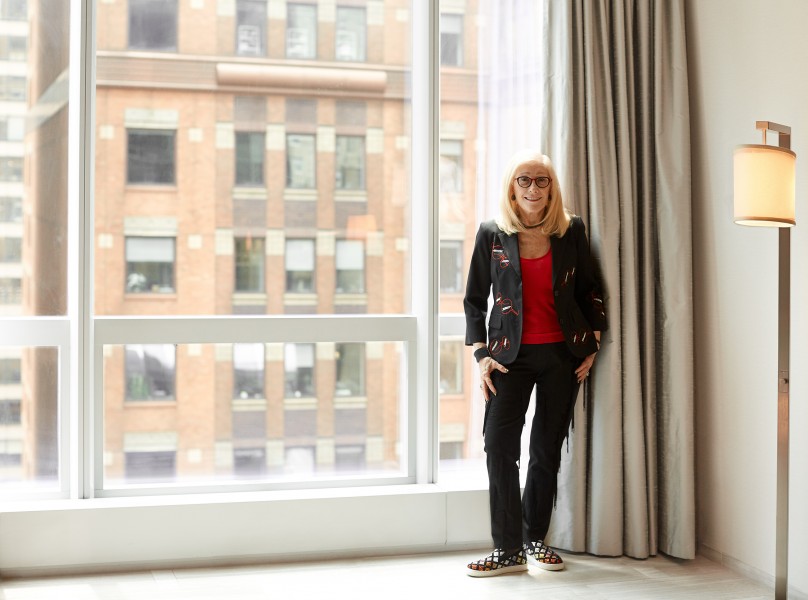

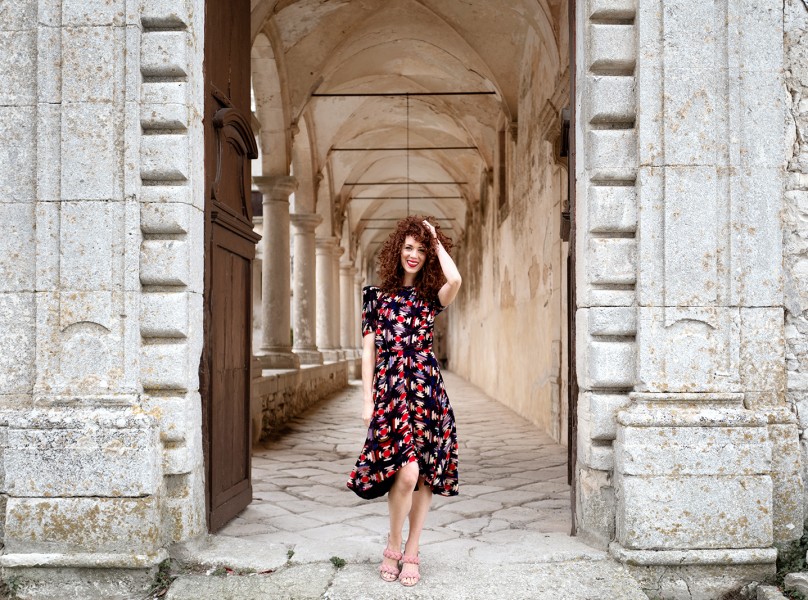











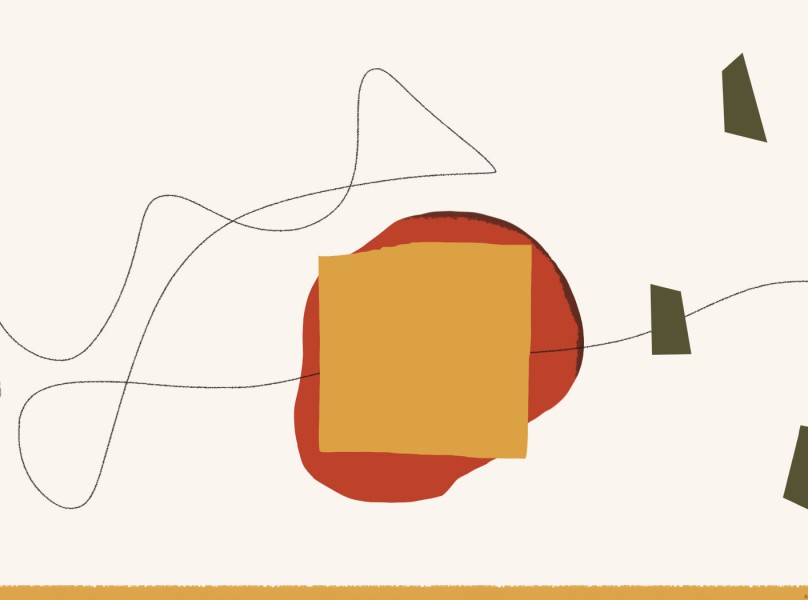
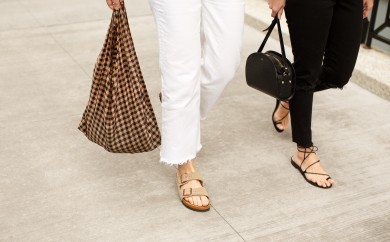
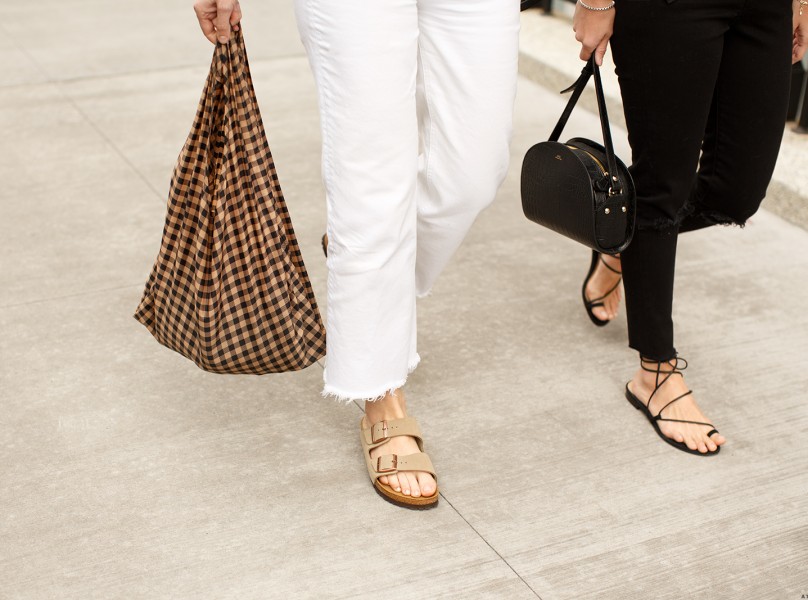
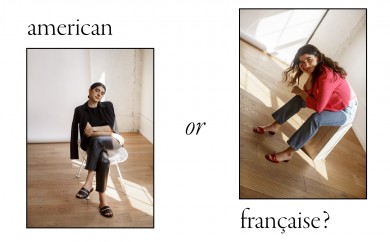
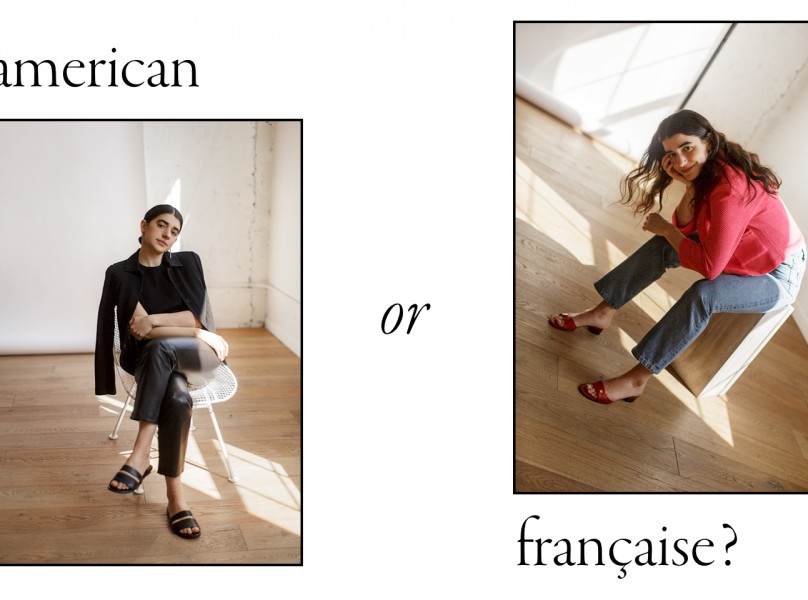
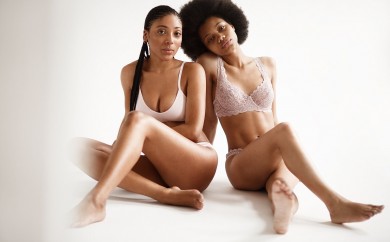
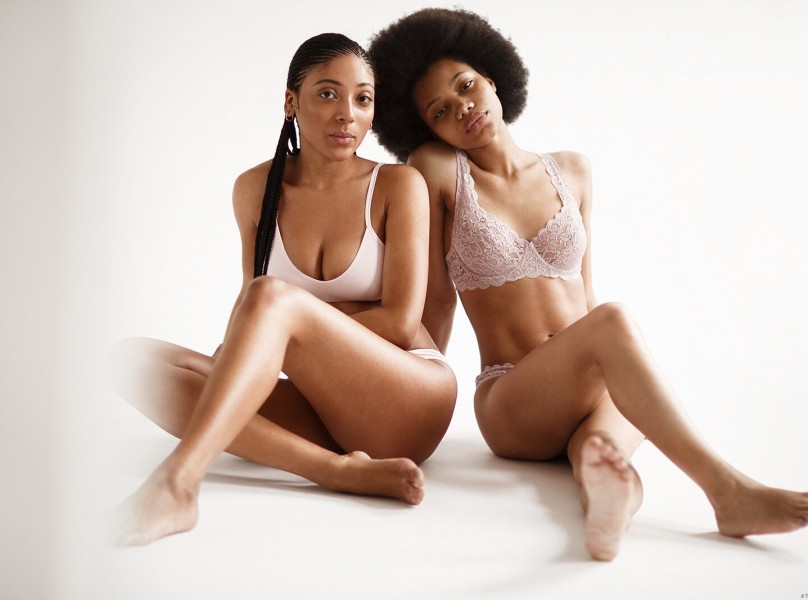
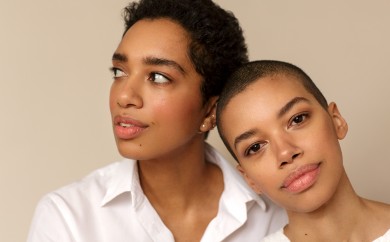
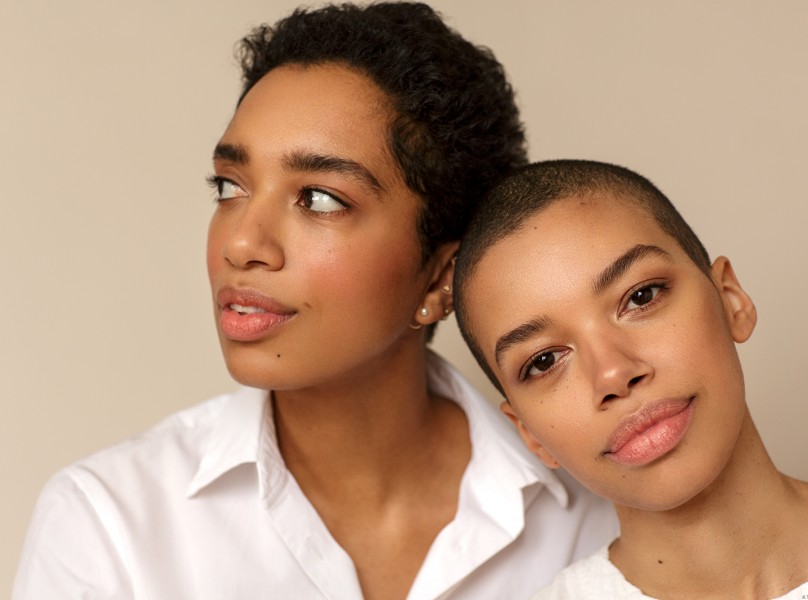
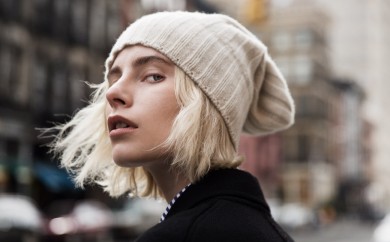
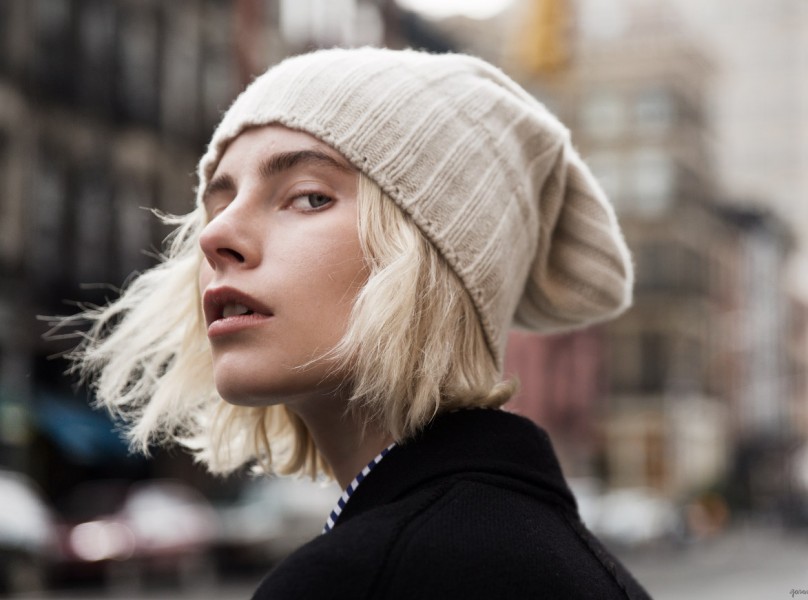
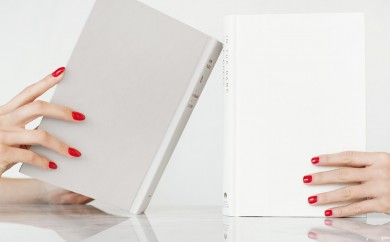
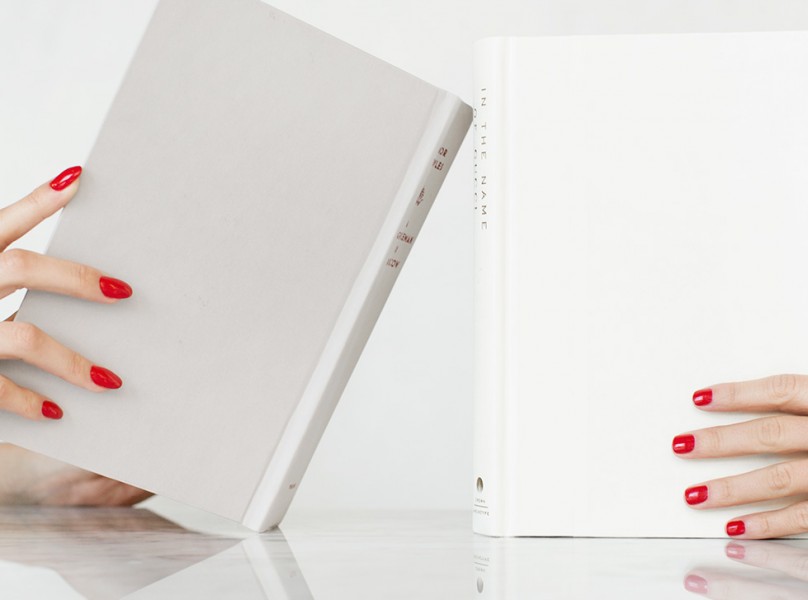
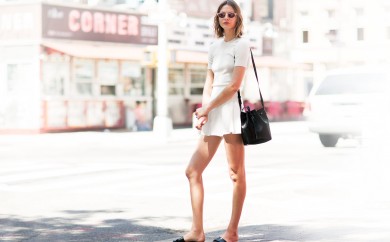
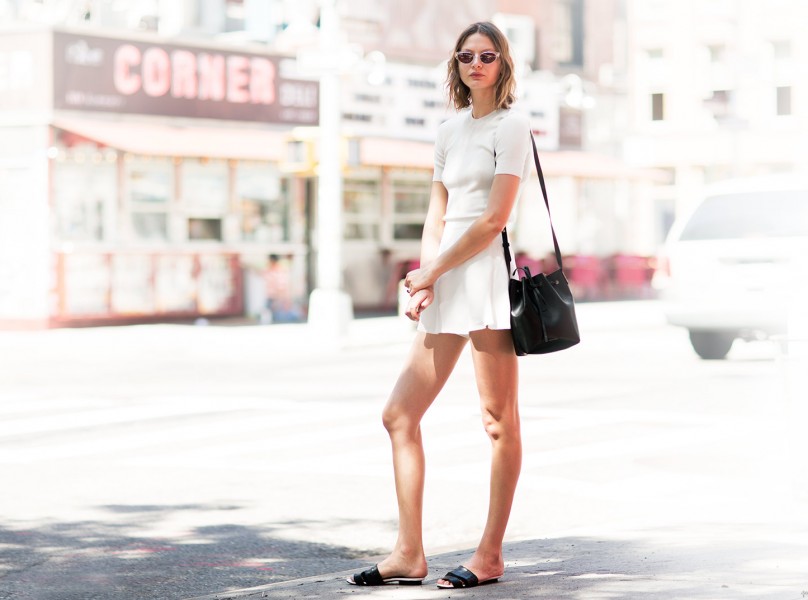
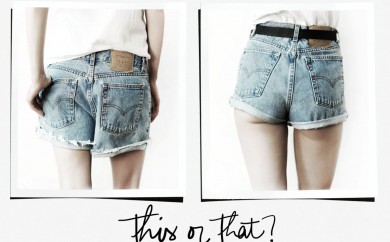
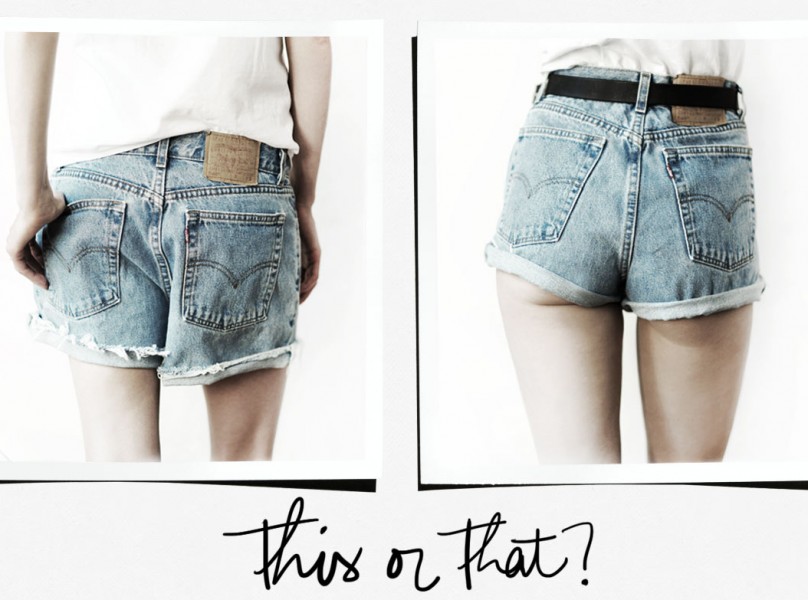
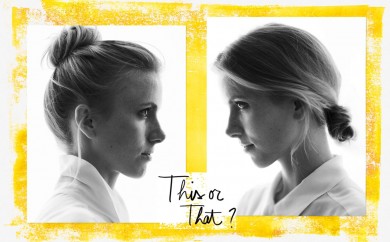
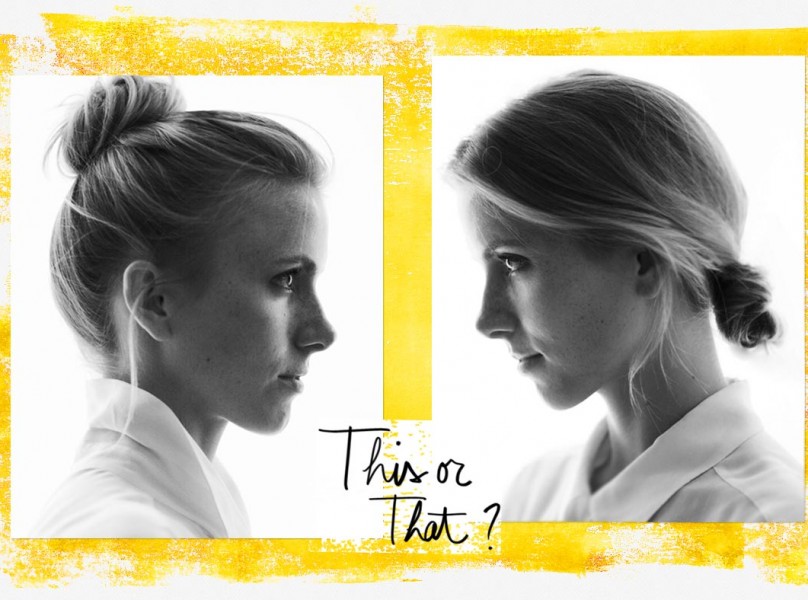
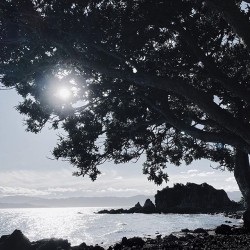
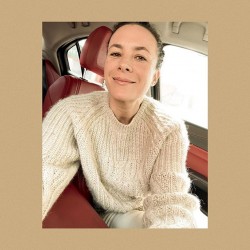
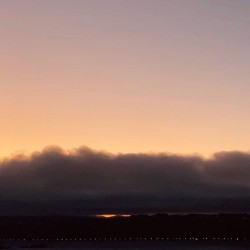
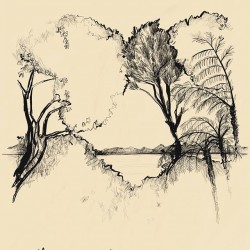
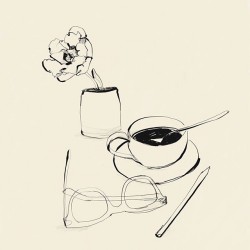
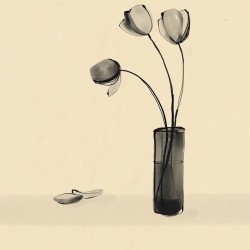
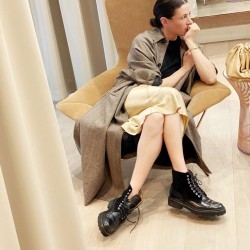
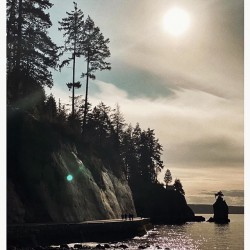
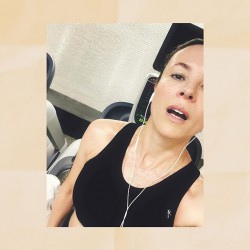
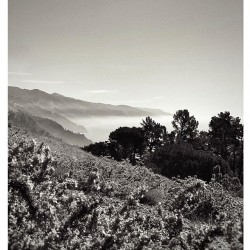
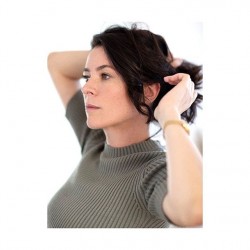
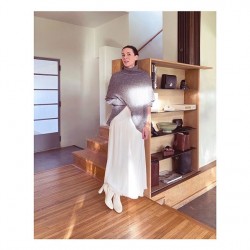
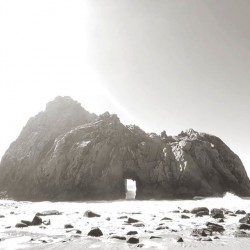
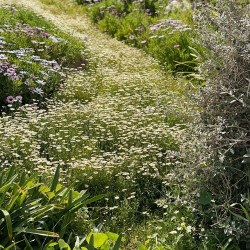
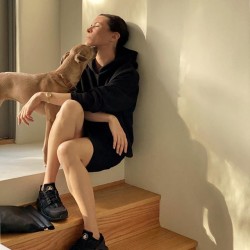
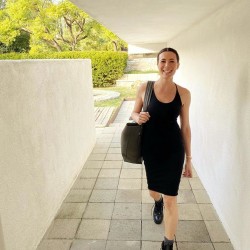
What an uplifting story. Great photos! I’ve been an SNL fan since high school (which was longer ago than I care to admit).
Thanks for this very interesting interview!
Love this kind of articles you post!
Xxxx
Julie, Petite and So What?
This was a very interesting interview!
http://somebodyfromsomewhere.me/
Incredible interview x
Jessica — WS Community
The interview I’ve enjoyed the most so far!
Nice post dear.
http://www.evdaily.blogspot.com
Love this because when I was a publicist at NBC late night (back in the early 90’s) I met and knew Mary Ellen! She probably doesn’t remember me (different maiden name at the time) but she sent me to her hairdresser because I loved her hair!! She always had great style!!
Thanks for walk down memory lane.
Thanks for sharing this information.
LOVE her! Brilliant photography and love the interview. Keep these coming!
http://www.lovethatbag.ca